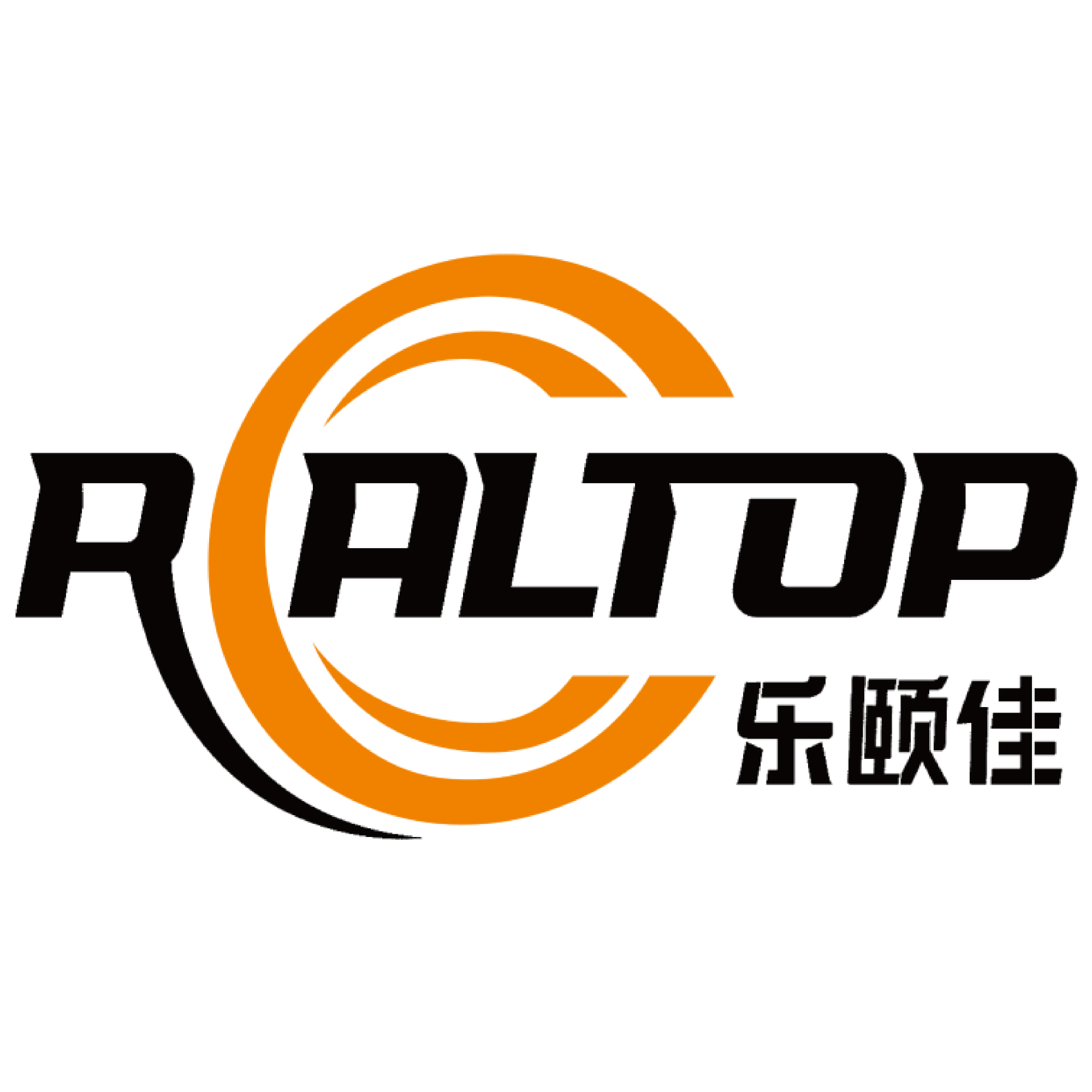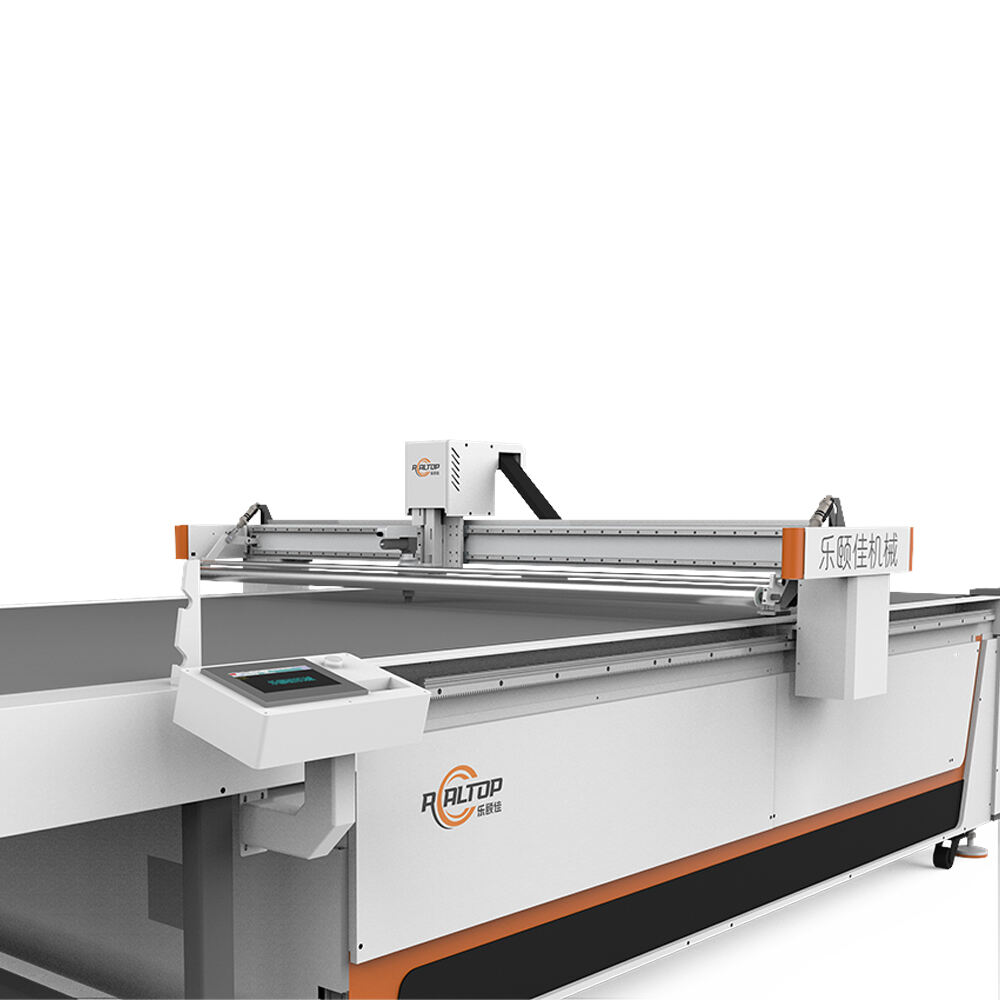종류 복합재 절단 기계 그리고 그 응용 프로그램
레이저 절단 기계: 얇은 복합 재료를 위한 정밀성
정밀도 면에서는 초미세 레이저 시스템을 이길 수 있는 것이 없으며, 특히 세부 사항이 많이 필요한 얇은 복합 재료에서는 더욱 그렇습니다. 이들은 자동차, 항공우주, 전자 제품과 같은 복잡하고 정교한 패턴이 중요한 기업들에서 사용되어 왔습니다. CO2 또는 섬유 레이저를 사용하여 그들은 좁은 허용오차와 미세한 마무리를 제공하며 이는 2차 가공을 최소화합니다. 이러한 놀라운 정확성은 레이저 절단 시장이 2027년까지 연평균 성장률(CAGR) 5.3% 이상으로 증가할 것이라는 해당 부문의 예측과 잘 맞아떨어집니다. 재료를 매우 정확하고 직접적으로 절단할 수 있기 때문에 레이저 절단기는 매우 높은 정확도가 요구되는 산업에 이상적입니다.
워터젯 절단: 열에 민감한 소재를 위한 다재다능함
워터젯 응용 프로그램: 워터젯 커터는 매우 다재다능하여 고압 물과 연마제를 사용해 재료를 절단하며, 이는 열에 민감한 재료와 제품을 다룰 때 훌륭한 옵션입니다. 그들은 두꺼운 복합 재료를 절단할 수 있으며 금속, 플라스틱 및 유리 등을 잘 자릅니다. 제조업, 건설, 자동차 등 다양한 산업의 기업들이 열에 민감한 제품의 내부 특성을 유지하기 위해 워터젯의 광범위한 적용을 의존합니다. 특히, 최소한의 열적 스트레스로 인해 재료의 특성이 변하지 않고 워터젯 절단 중 재료의 무결성이 유지됩니다.
플라즈마 절단: 전도성 복합소재를 위한 경제적인 솔루션
플라즈마 절단은 탄소 강 및 탄소 합금 강의 고속 산소-아세틸렌 절단에 대한 저비용 대안입니다. 이 기계들은 두꺼운 제품에서 다른 기술들에 비해 큰 비용 절감을 제공하기 때문에 이상적입니다. 특히 자동차 산업과 같이 높은 속도와 생산 비용 절감이 요구되는 분야에서 매우 유리합니다. 더욱이, 플라즈마 절단 기술은 전통적인 절단보다 30배 더 빠른 속도로 작업할 수 있어 생산성을 향상시키는 데 중요한 요소이며, 대량 절단이 필요한 기업들에게 매우 경제적인 해결책이 됩니다.
CNC 절단 기계: 복잡한 설계를 위한 자동화된 정밀성
컴퓨터 수치 제어(CNC) 절단 기계는 정교하고 자동화된 정밀 도구로, 복잡한 실내 제품을 절단하기에 완벽합니다. 이러한 조각기는 다양한 절단 패턴을 실행하도록 맞춤 설정할 수 있어 항공우주, 자동차 및 선박 산업에서 중요한 복잡한 부품을 생산하는 데 걸림돌이 되지 않습니다. CNC 머신 툴 시장의 디지털 부분은 전자상거래와 자동화의 급속한 성장에 힘입어 2025년까지 1천억 달러 규모로 성장할 것으로 예상됩니다. 이 확장은 정확성과 효율성이 높게 요구되는 산업에서 CNC 데스크탑의 중요성이 더욱 커지는 것을 지원하며, 현대 제조 요구 사항에서 널리 사용되는 필수 요소입니다.
진동 나이프 절단기: 유연한 복합 소재에 적합
오실레이팅 나이프 커터는 직물 및 고무와 같은 부드러운 복합 소재용으로 특별히 설계되어 직물의 경사 변형을 상당히 감소시킵니다. 패션, 자동차, 포장 산업 등 다양한 분야에서 이러한 커터를 활용하여 다양한 형태와 디자인으로 절단할 수 있어 효율적으로 사용되고 있습니다. 여러 장의 시트를 강력하게 절단하면서도 정밀하고 깔끔한 컷을 제공합니다. 오실레이팅 나이프 절단 기술은 정밀함과 생산성을 요구하는 분야에서 빠르게 각광받고 있으며, 레이저가 아닌 선택한 소재에 초점을 맞춘 이 기술은 세부 사항에 주의를 기울여야 하며 절단 정밀도에서는 타협하지 않는 작업에 이상적인 선택지로 자리 잡고 있습니다.
평가해야 할 주요 요소 복합재 절단기
절단 속도 대비 정밀도: 생산 요구 사항 균형 맞추기
전단 속도와 정확성 사이에서 최적점을 달성하는 것은 품질을 저하시키지 않고 높은 생산성을 이르기 위해 필수적입니다. 그러나 복합 재료의 경우 이러한 고속 기계들이 항공우주 및 전자 산업과 같은 분야에서 필요한 정밀도를 제공하지 못하는 경향이 있습니다. 반면, 더 높은 정확성을 제공하는 기계는 생산량이 줄어들 수 있어 (전반적인 생산성에 영향을 미칠 수 있습니다) 각 산업이 운영에서 속도와 정확성 중 어느 것이 우선되어야 하는지를 결정할 때 자신의 요구 사항을 신중하게 검토해야 합니다. 이를 통해 잠재적인 절삭 기계 구매가 생산 필요사항을 완전히 충족시킬 수 있도록 해야 합니다.
유지 보수 비용 및 기계 수명
이 유지 보수 비용을 알리는 것은 복합 재료 절단 기계의 소유 총비용에서 중요합니다. 정기적인 유지 보수는 단순히 장비 수명을 연장하는 데 그치지 않고 일관된 작동을 유지하기 위한 필수적인 생활 방식입니다. 그러나, 수리가 필요할 때나 일반적인 유지 보수 중에 발생할 수 있는 가동 중단은 생산성에 상당한 영향을 미칠 수 있습니다. 또한, 기계의 원활한 작동을 보장하고 수명 동안 경제성을 실현하기 위해 보증 조건, 서비스 계약 및 예비 부품 공급의 확인이 필수적입니다.
운영의 용이성과 교육 요구사항
아래는 ROI에 영향을 미치는 새로운 복합 재료 절단 기계와 관련된 사용 편의성 및 교육 요구 사항입니다. 기계를 배우기가 더 어려울수록 교육 비용이 더 많이 들고 설정 시간도 더 길어져 최대 생산성을 달성하는 데 더 많은 시간이 걸립니다. 사용이 쉬운 인터페이스를 갖춘 기계를 선택하고 철저한 교육 프로그램을 제공하면 생산성과 직원 만족도를 높일 수 있습니다. 공급업체로부터의 교육 자료의 가용성과 소프트웨어 운영의 사용 난이도는 현재 작업 흐름에 적응하는 과정에서 중요합니다.
복합 재료 분진 및 잔해 처리를 위한 안전 기능
종합소재 기계로 인해 발생하는 분진과 잔해물에 노출되는 근로자를 보호하기 위해서는 안전 조치가 핵심입니다. 청정 공기를 위해 그리고 작업장 내 흡입 위험을 줄이기 위해 분진 제거 장비를 사용해야 합니다. 근로자의 건강과 안전을 보호하고 규제 및 안전 요건을 준수하는 것은 기계 선택 시 고려해야 할 사항들 중 일부입니다. 이러한 프로그램은 근로자를 보호할 뿐만 아니라 책임을 줄이고 비즈니스를 유지하며 지속 가능하게 만듭니다.
복합재 절단 기계 예산 편성: 비용 및 고려 사항
초기 투자 vs 장기 운영 비용
복합 재료 절단 기계에 투자할 때, 초기 자본 지출과 전체 소유 비용 간의 균형을 아는 것이 중요합니다. 맞습니다, 초기 투자 비용이 부담스러울 수 있지만 운영 비용인 연료, 유지 보수 및 임금 등을 염두에 두어야 합니다. 전체 소유 비용 분석을 통해 이러한 투자가 가져오는 깊고 장기적인 절약 및 가치를 찾을 수 있습니다. 이 철저한 분석은 우리가 장기적인 결정을 내리는 데 도움을 주고 기계의 수명 후에 윤리적인 경제적 수익을 확신할 수 있게 해줍니다.
숨겨진 비용: 에너지 소비와 소모품
일부 사람들이 고려하지 않는 숨겨진 비용, 예를 들어 전기 요금이나 소모품 비용은 플라즈마 테이블을 위한 예산을 세우면서 생각해봐야 할 사항입니다. 이러한 비용들은 미미하게 보일 수 있지만, 이를 해결하지 않으면 전체 재정에 큰 영향을 미칠 수 있습니다. 예산 초과와 예상치 못한 상황을 방지하기 위해 이러한 비용들을 지속적으로 모니터링하고 재무 예측에 반영하는 것이 필수적입니다. 초기 구매 비용이 다소 비쌀지라도 에너지 효율적인 기계를 설치하는 것은 좋은 결정입니다. 장기적으로 운영 효율성이 비용 절감으로 이어질 수 있기 때문입니다.
금융 옵션 및 리스 기회
금융 조달 및 리스 옵션을 연구하면 기업에 필요한 재정적 유연성을 제공할 수 있으며, 이는 사업에 큰 차이를 만들어 줄 수 있습니다. 대출, 리스 및 공급자 금융과 같은 다양한 옵션들이 개인적인 요구에 맞게 구조화될 수 있습니다. 놀랍지 않게도, 특히 리스는 장기적인 공간 필요성이나 미래의 성장 속도가 불확실한 성장하는 회사들에게 가장 매력적인 단기 옵션 중 하나입니다. 또한 장비를 구매하거나 임대할 때 발생하는 세금 영향과 잠재적인 감면 혜택을 고려해야 합니다. 이러한 금융 도구들을 활용하면 리스크를 줄이고 자금 흐름을 원활하게 관리하여 매끄러운 인수와 운영이 가능합니다.
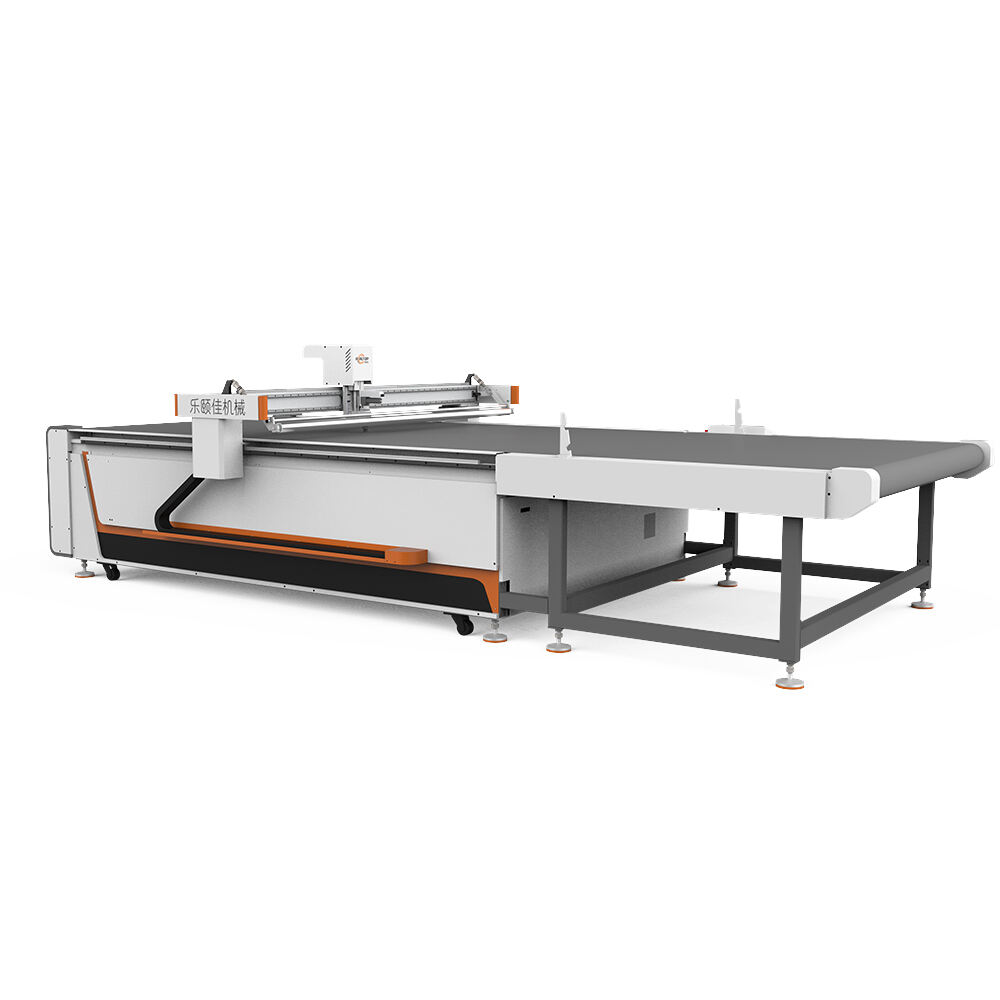
효율적인 구매를 위한 지혜로운 공급업체 협상 전략
견적 비교하기: 가격과 서비스 품질의 균형 잡기
공급업체와의 성공적인 협상은 여러 업체로부터 견적을 받는 것에서 시작됩니다. 이 정책은 고객이 최고의 조달 경험을 할 수 있도록 하기 위해 존재하며(즉, 견적 받기 방법) - 그리고 우리가 제공할 수 있는 모든 것을 받을 수 있도록 합니다! 견적을 비교할 때 가격뿐만 아니라 서비스 수준에도 주목해야 합니다. 이는 보증 조건과 고객 지원도 포함됩니다. 통합된 접근 방식을 통해 비용 대비 가치를 극대화할 수 있습니다. 점수 시스템은 객관적인 비교의 일환으로 다양한 특징과 제안에 가중치를 부여할 수 있으며, 비용뿐만 아니라 판매 후 서비스 및 공급업체의 평판과 같은 기타 요인도 포함되어 정보에 기반한 구매 결정을 내릴 수 있도록 합니다.
연장 보증 및 사후 서비스 확보
연장 보증과 좋은 사후 지원은 특히 공급자로부터 구매를 협상할 때 안심을 제공할 수 있습니다. 제공되는 서비스에 의존할 수 있도록 업타임 SLA와 지원 SLA를 확인하는 것이 중요합니다. 오랜 시간 지속될 수 있는 강력한 공급자와의 관계를 구축하면 다양한 방식으로 협상력을 높일 수 있습니다. 예를 들어, 고객이 충성스러울 때 우선 서비스 제안이나 충성도 할인을 받기가 더 쉬워집니다. 이러한 계약들은 다운타임으로부터 당신을 보호하고 일관된 작업 흐름을 제공하여 단순히 안정성뿐만 아니라 중단되지 않는 생산성을 보장합니다.
기계 시연 및 재료 테스트 요청
복합 재료 절단 기계를 구매할지 고려하고 있는 사람들에게 있어 중요한 결정 과정 중 하나는 기계 시연과 재료 테스트를 요청하는 것입니다. 이러한 시연은 기계에 대한 실질적인 경험을 쌓고, 실제 환경에서 어떤 성능을 발휘하는지 확인하는 데 도움을 줍니다. 실제 절단 조건에서 기계를 보시기 바랍니다. 이는 품질과 정확도를 확인하기 위함입니다. 더 상세한 테스트는 기계의 실제 효율성과 효과성을 충분히 이해하는 것에 관한 것이며, 이를 통해 구매 전에 문제가 될 수 있는 부분이나 기계에서 얻을 수 있는 결과를 미리 파악할 수 있습니다. 이는 투자와 운영을 보호하는 데 도움이 됩니다.
대량 구매 할인 및 결제 조건
프로세스를 가속화하기 위해, 회사가 대량 구매로 인해 절약할 달러 금액을 나누되, 녹색이 차감되어도 귀하의 순이익에는 영향을 주지 않습니다. 따라서 볼륨에 대한 사전 계획을 통해 더 나은 가격을 적용하여 궁극적으로 이익으로 이어질 수 있습니다. 또한 유연한 결제 조건의 성격은 더 나은 현금 흐름과 재무 계획을 가능하게 합니다. 이러한 유리한 조건을 얻기 위해서는 공급업체와의 관계 구축이 중요합니다. 신뢰와 충성심은 대출 규약 협상에서 큰 유연성을 제공할 수 있습니다. 그 이후의 기회들로부터의 이점, 서비스를 구매했으므로 지속적으로 무장한 상태에서 보장된 이점을 갖게 됩니다.
자주 묻는 질문
레이저 절단 기계의 주요 응용 분야는 무엇입니까?
레이저 절단 기계는 정밀도와 섬세한 디테일이 중요한 항공우주, 자동차, 전자 산업에서 널리 사용됩니다. 이들은 얇은 복합 소재를 매우 높은 정확도로 절단하기에 적합합니다.
왜 워터제트 절단 기계는 열에 민감한 재료에 적합한가요?
워터제트 절단 기계는 고압 물과 연마재를 혼합하여 재료를 절단하며, 이는 열에 민감한 재료에서 열적 변형을 최소화하고 재료의 완전성을 유지하기 때문에 적합합니다.
플라즈마 절단 기계는 어떻게 비용 효율적인 솔루션을 제공하나요?
플라즈마 절단 기계는 금속 및 탄소 복합체와 같은 전도성 재료에 적합합니다. 그들은 높은 속도로 작동하여 생산성을 향상시키고 효율성을 극대화하여 비용 효율적입니다.
CNC 절단 기계가 복잡한 설계에 왜 이상적인가요?
CNC 절단 기계는 복잡한 복합 설계를 위해 자동화된 정밀성을 제공합니다. 다양한 절단 패턴을 실행할 수 있어 항공우주 및 자동차 산업 등 여러 산업의 제조 과정을 개선합니다.
오실레이팅 나이프 커터는 유연한 복합 재료에 어떤 이점을 제공하나요?
진동식 나이프 커터는 텍스타일과 고무와 같은 유연한 복합 소재를 위해 설계되었습니다. 이들은 끈적임을 최소화하고 낭비를 최소로 줄이는 정밀한 절단을 제공합니다.
 EN
EN
 AR
AR
 FR
FR
 DE
DE
 IT
IT
 KO
KO
 PT
PT
 RU
RU
 ES
ES
